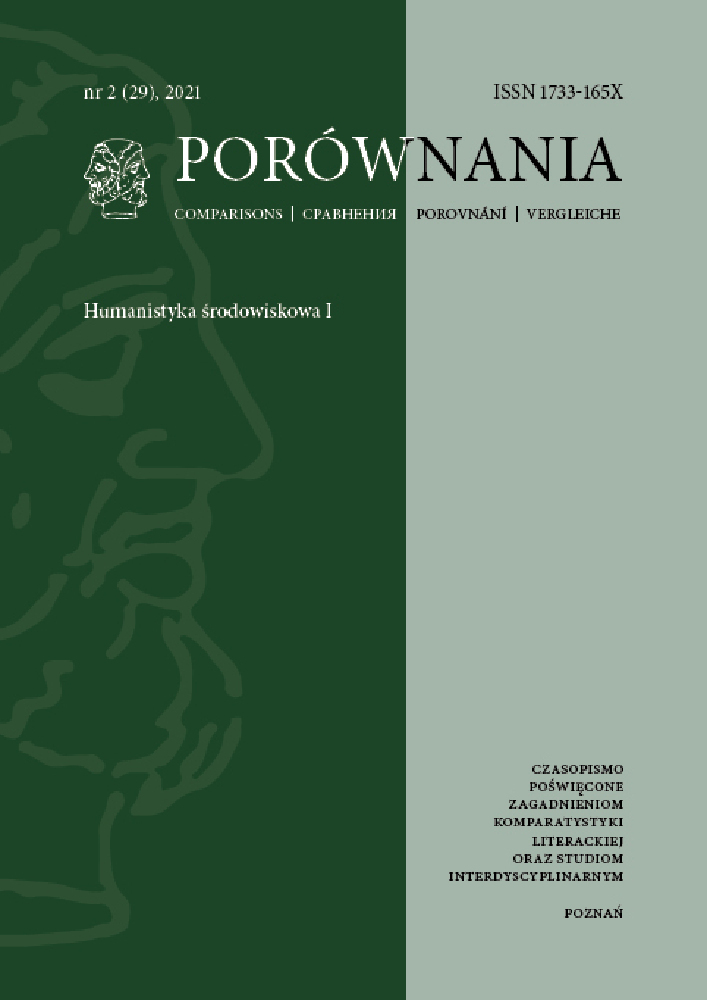Bd. 29 Nr. 2 (2021)
Thus, in recent decades, humanistic thought has seen a shift from the human-centred perspective towards a totality of nature and culture. This movement reveals the multidimensionality of the natural world and the intricate connections between its elements, of which humans may or may not be a part. Consequently, researchers turn their attention to various research problems of environmental humanities, posthumanities, or environmental history, which depending on the subject matter, require proper analytical tools, including theuse of methods that encourage cross-disciplinary approaches, thus building a bridge between the humanities and the hard sciences.
This volume focuses on the global dimension of interactions taking place within different ecosystems, as well as on microrelationships, links between subjects living within socio-natural systems, and their cultural representations in literary texts or works of art. The authors ask about the limits of agency of different subjects living in the socio-natural environment, and about the conceptualization of the natural world two hundred years ago as compared to today. They often question the classical division between culture and nature and show how this questioning influences the development of the humanities and what new insights it brings to the understanding of the world around us.
